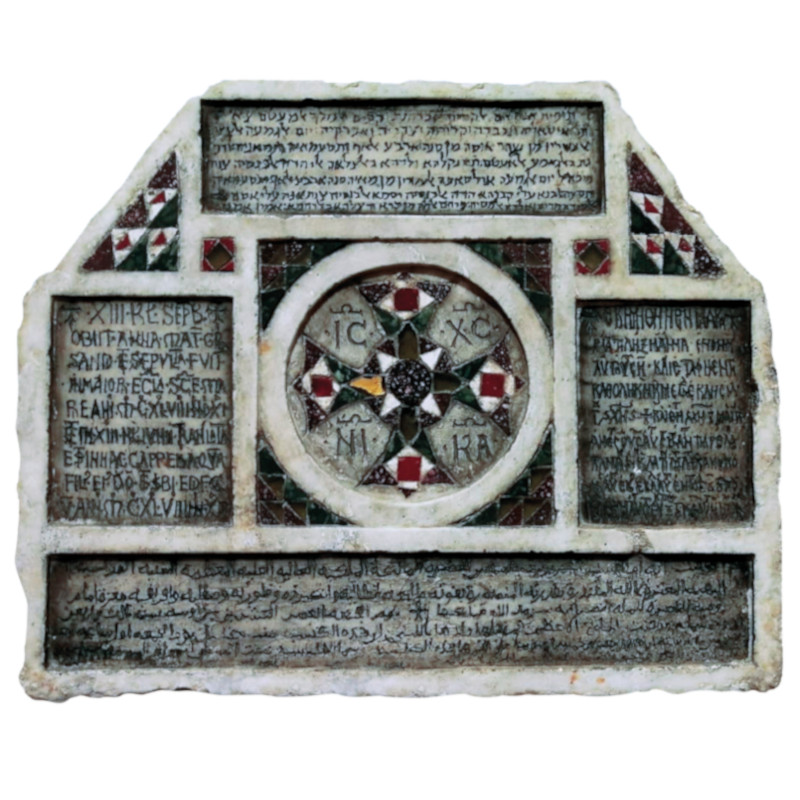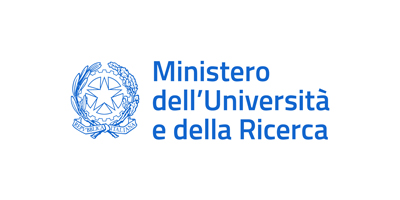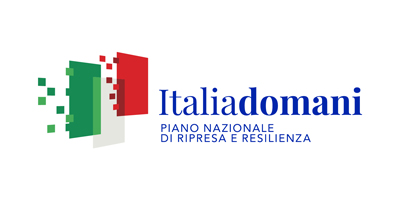InSignO
Inscriptions and Signs as devotional markers along the routes Of faith (7th-11th centuries)
Project
As the cult of relics spread, between Late Antiquity and the Early Middle Ages, all devotional centers of Western Europe – on the example of some important sites – prepared to receive many pilgrims. The space undergoes radical transformations to enable visitors to access the main sacred foci whose visibility was made possible by "markers" represented by inscriptions and signs.
This project seeks to analyze the main types of devotional markers located at shrines along the pilgrimage routes of Italy and France between the 7th and 11th centuries. The goal is to develop the first survey of this type of testimonies and to begin the construction of a long-term Digital Archive.
Objectives
InSignO focus on the following general objectives:
- Identifying the main types of markers by defining their functions (inscriptions indicating relics, funerary signacula, liturgical markers etc.);
- Analyzing the markers’ formal, textual and graphic characteristics, in order to recover information on their original spatial perception;
- Overcoming the classic approach to devotional practices, giving the markers the role of important sources, worthy of being considered alongside the conventional sources;
- Creating a Digital Archive to have a solid basis for future research developments.
With a multidisciplinary interpretation, this project aims to examine several types of sources to reconstruct the markers' visual perception bearing in mind the conditions of the environment and the context of reference. InSignO envisages the intersection of data from analyzing markers (typology, writings etc.) with the material (architecture and archaeological) and textual ones (medieval pilgrims' travel diaries). The Digital Archive ensures the management of a wide variety of data (photos, drawings, descriptions, videos), research interoperability and long-term preservation.
Outputs
Presentations
- “Tracce (i)scritte della fede in età medievale” [ITA]
to be held at Venitonight, European Researchers' Night, September 27, 2024
|
|
"I graffiti nel contesto: storie, pratiche e scritture" [ITA]
To be presented at the Workshop "VeLA. Lo studio dei graffiti dal rilievo all'archeologia sperimentale", June 3rd-7th, 2024, Venice. |
1 MB |
|
|
"Per mare e per terra: il fenomeno devozionale nei ducati costieri della Campania osservato attraverso la lente dei markers epigrafici" [ITA]
To be presented at the International Conference "Il Tirreno nel Medioevo. Mobilità sociale, traiettorie politiche e interscambi culturali", April 11th-13th, 2024, Amalfi (SA) |
4 MB |
|
|
"Scrivere per ricordare. Libri vitae e iscrizioni su altare a partire dal caso di Santa Maria in Vescovio (Sabina)" [ITA]
To be presented at the International Conference "Scritture che dividono, scritture che uniscono. Il medium grafico dall'età antica all'età moderna", October 6th and 18th, 2023, Naples and Venice |
7 MB |
|
|
"InSignO. Un progetto sulle strategie di segnalazione del sacro in età medievale" [ITA]
Presented at the Workshop "AGeS: ricerche in corso", May 25th, 2023, Ca' Foscari University of Venice |
1 MB |
Events

27/09/2024 - InSignO project at Venetonight 2024
The InSignO project will be featured at Venetonight 2024 (September 27, 2024), the annual event held as part of the European Researchers' Night. How did the faithful in the medieval period interact with the sacred space of a sanctuary or church? And how did that space engage with the observer? Certainly through writing. By recognizing and reading inscriptions carved, scratched, painted, or written in ink, the stories of places, objects, women, and men will be brought to life.

6/10/2023, 18/10/2023
"Scritture che dividono, scritture che uniscono. Il medium grafico dall’età antica all’età moderna"
International Conference
Thanks to the support of the Italian Ministry of Culture, the San Bonaventura Foundation, the Department of Humanities of the Ca' Foscari University of Venice and the InSignO project announce the next international conference of the #scriptvra project: “Scritture che dividono, scritture che uniscono. Il medium grafico dall’età antica all’età moderna”. Naples, October 6th, 2023, Venice, October 18th, 2023.
Scientific coordinators: Flavia De Rubeis and Daniele Ferraiuolo (Ca’ Foscari University of Venice)
The goal is to discuss the dual function of writing, which can both divide and unite in various contexts, whether social, political, linguistic, visual, or spatial. Writing, including all forms from ancient inscriptions to modern books and documents, possesses significant communicative power in this regard.
The purpose to initiate an international, interdisciplinary conversation about the following capacities of writing:
- Inclusion and exclusion;
- unity and separation, signaling;
- adaptation, ordering, sharing;
- remembering, forgetting, and condemning.




